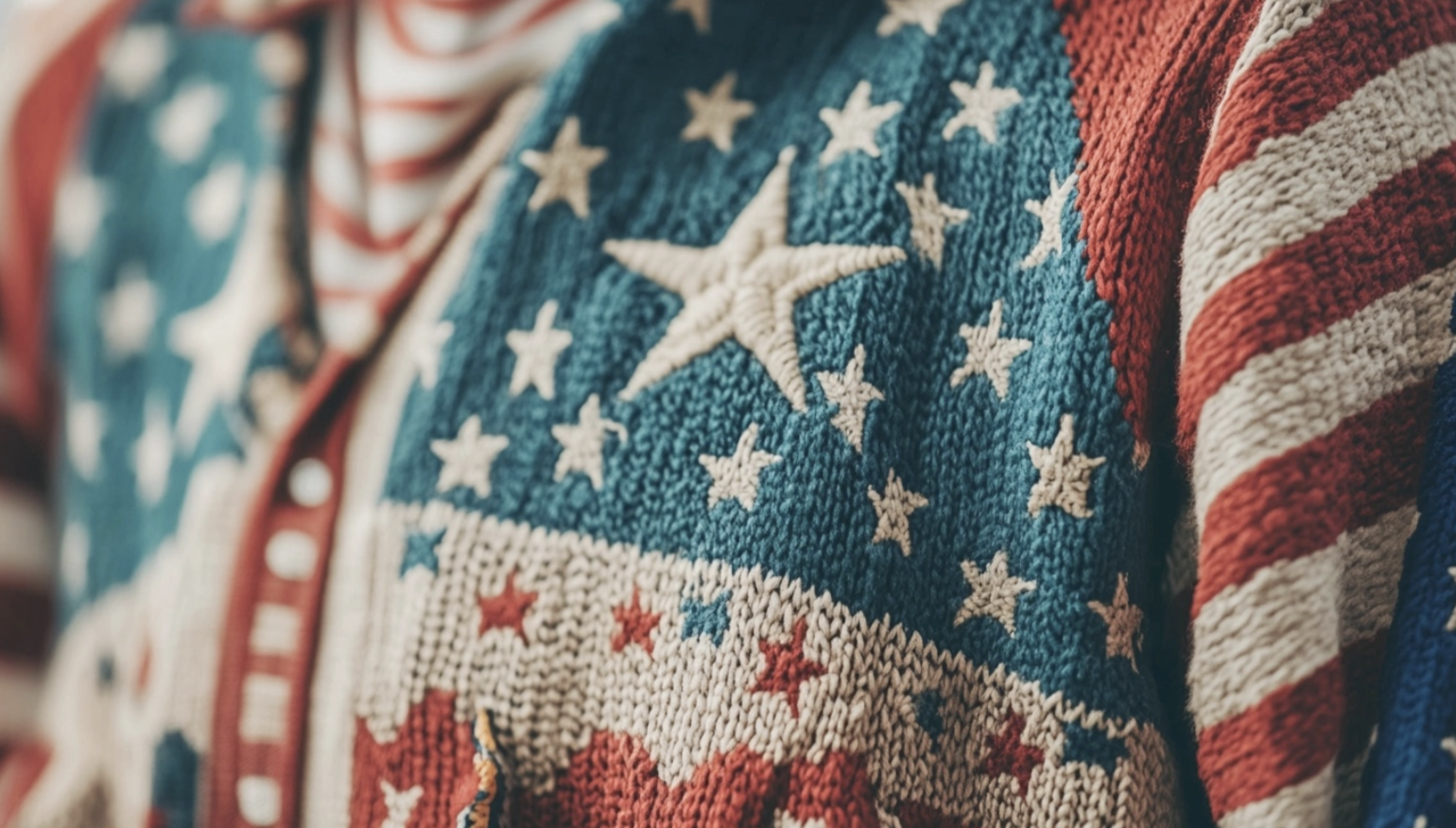
American fashion has a rich history influenced by various cultures, regions, and traditions.
Traditional American clothing reflects the country’s diverse heritage, from the rugged cowboy boots of the Wild West to the iconic blue jeans worn around the world.
These clothing items symbolize American culture and identity, whether for casual wear or special occasions.
In this guide, we’ll explore 15 types of traditional American clothing, each with its unique history and cultural significance.
You’ll learn about how these styles developed and the materials used to create them.
We promise that this journey through American fashion will help you better understand the deep-rooted traditions behind some of the world’s most iconic styles.
Pieces that come under Traditional American Clothing
1. Blue Jeans
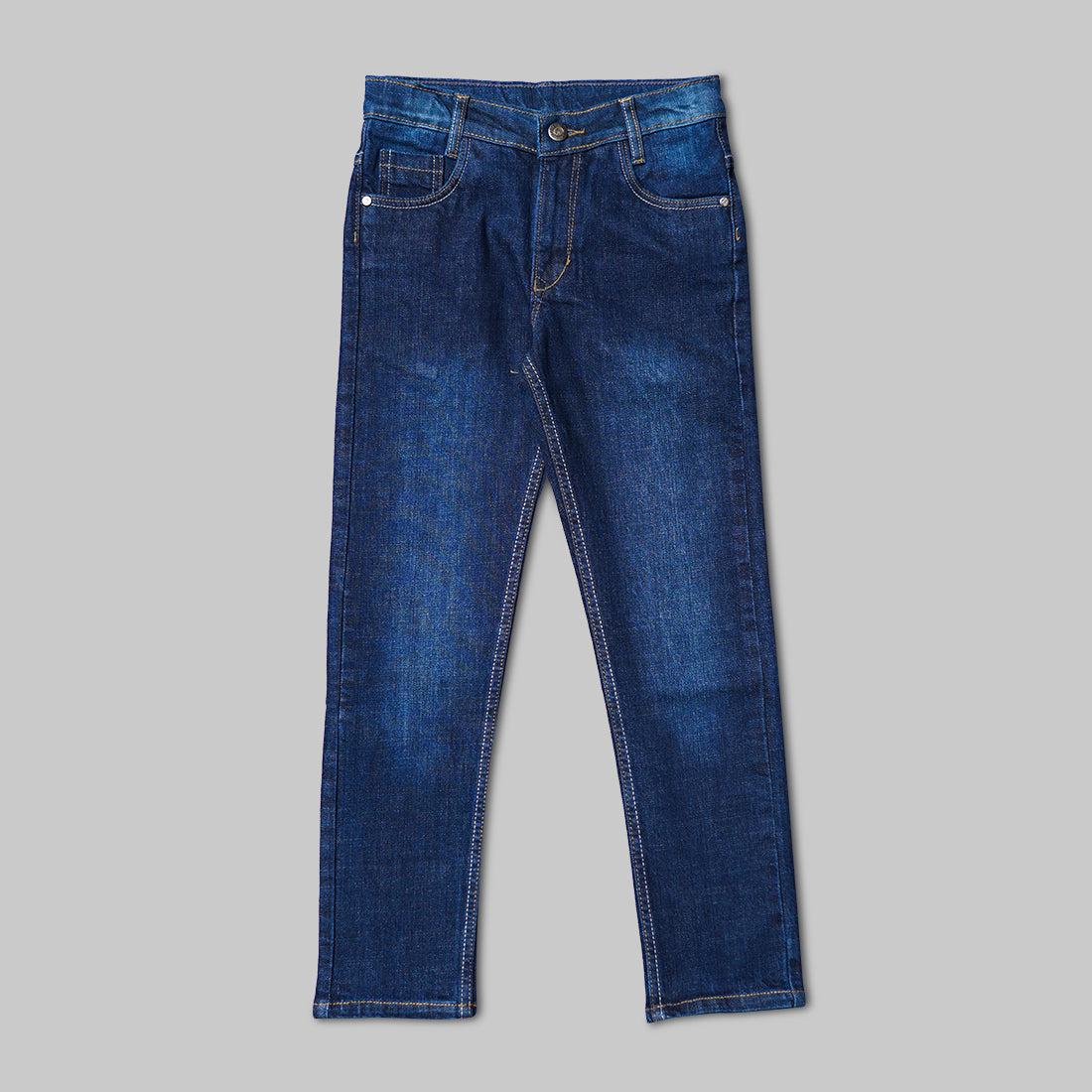
- Description/Appearance: Durable denim pants, often blue, with riveted pockets. Originally designed as workwear, they come in various styles, such as straight-leg, boot-cut, and skinny.
- Cultural Significance: Invented by Levi Strauss in the 1870s, blue jeans became a symbol of American labor and an iconic fashion item worldwide.
- Occasions Worn: Worn casually in daily life and now accepted in some semi-formal settings, depending on the style.
- Materials Used: Made from denim, a sturdy cotton twill fabric.
2. Cowboy Boots
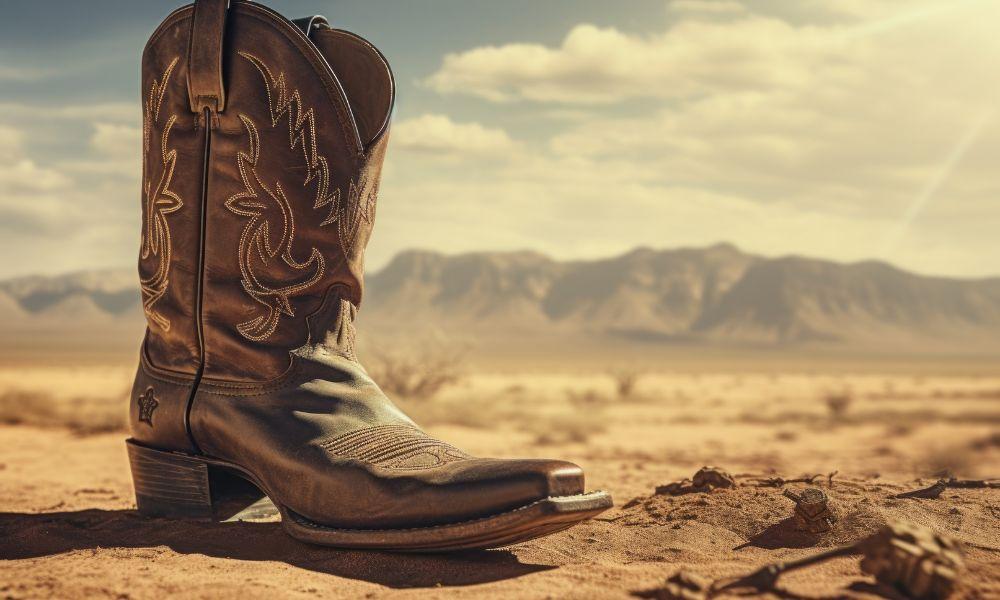
- Description/Appearance: High leather boots with pointed toes and a tall heel, often featuring decorative stitching or embossing.
- Cultural Significance: Originally worn by cowboys for horseback riding and protection, they are now a symbol of Western culture and style in the U.S.
- Occasions Worn: Commonly worn at rodeos, country music festivals, and Western-themed events. It is also used as everyday footwear in rural areas.
- Materials Used: Leather or exotic skins like snakeskin and alligator.
3. Flannel Shirts

- Description/Appearance: A soft, woven shirt made of flannel fabric, often featuring plaid patterns in various colors.
- Cultural Significance: Associated with American outdoor laborers, particularly lumberjacks, and later adopted as a staple of grunge fashion in the 1990s.
- Occasions Worn: Worn casually for comfort and warmth, especially in colder regions.
- Materials Used: Made from flannel, which is typically wool or cotton that is brushed for softness.
4. Letterman Jacket
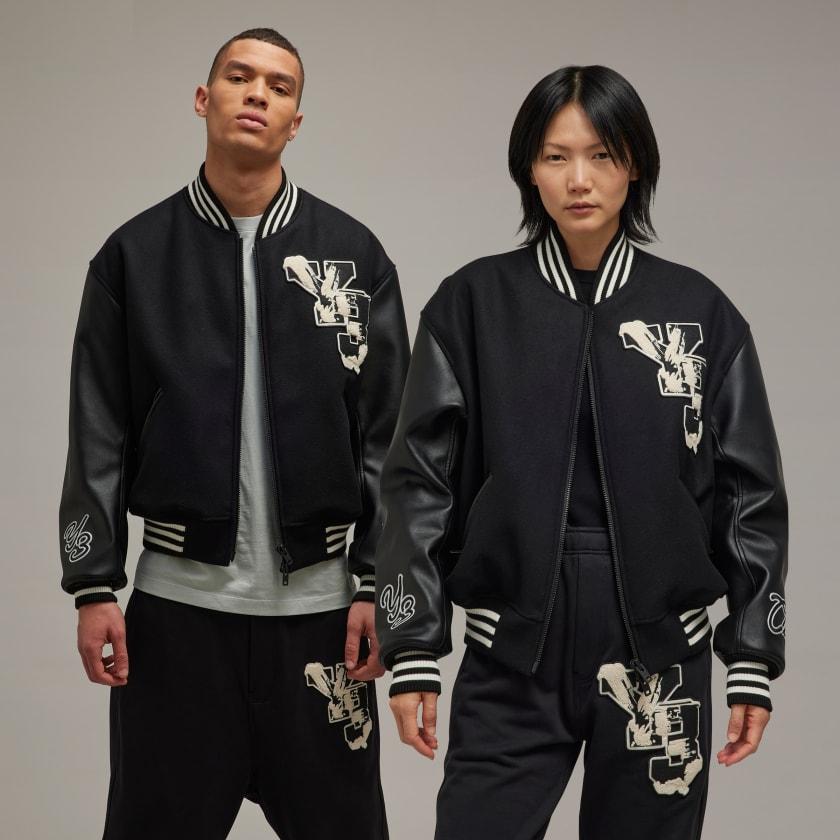
- Description/Appearance: A varsity-style jacket with a wool body and leather sleeves, typically featuring the wearer’s school letter or logo.
- Cultural Significance: A symbol of athletic achievement in high school and college sports, particularly in American football and baseball.
- Occasions Worn: Worn by students to represent their school pride, usually in high school or college.
- Materials Used: Wool and leather, often with embroidered patches.
5. Cowboy Hat
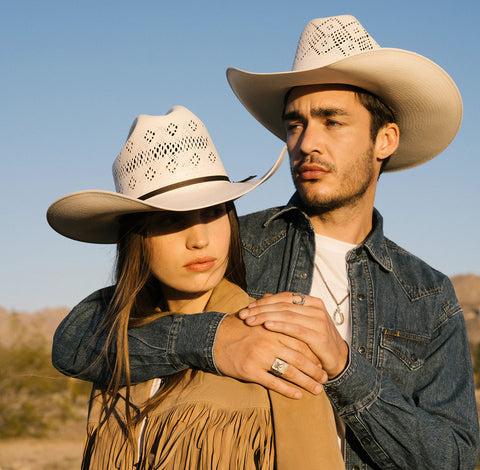
- Description/Appearance: A wide-brimmed hat with a high crown designed to provide shade and protection.
- Cultural Significance: Originating from the American West, cowboy hats became a symbol of ranchers, cowboys, and Western culture.
- Occasions Worn: Ranchers and farmers wear it daily, and it is often seen at rodeos, country music events, and Western-themed activities.
- Materials Used: Felt, straw, or leather.
6. Denim Jacket
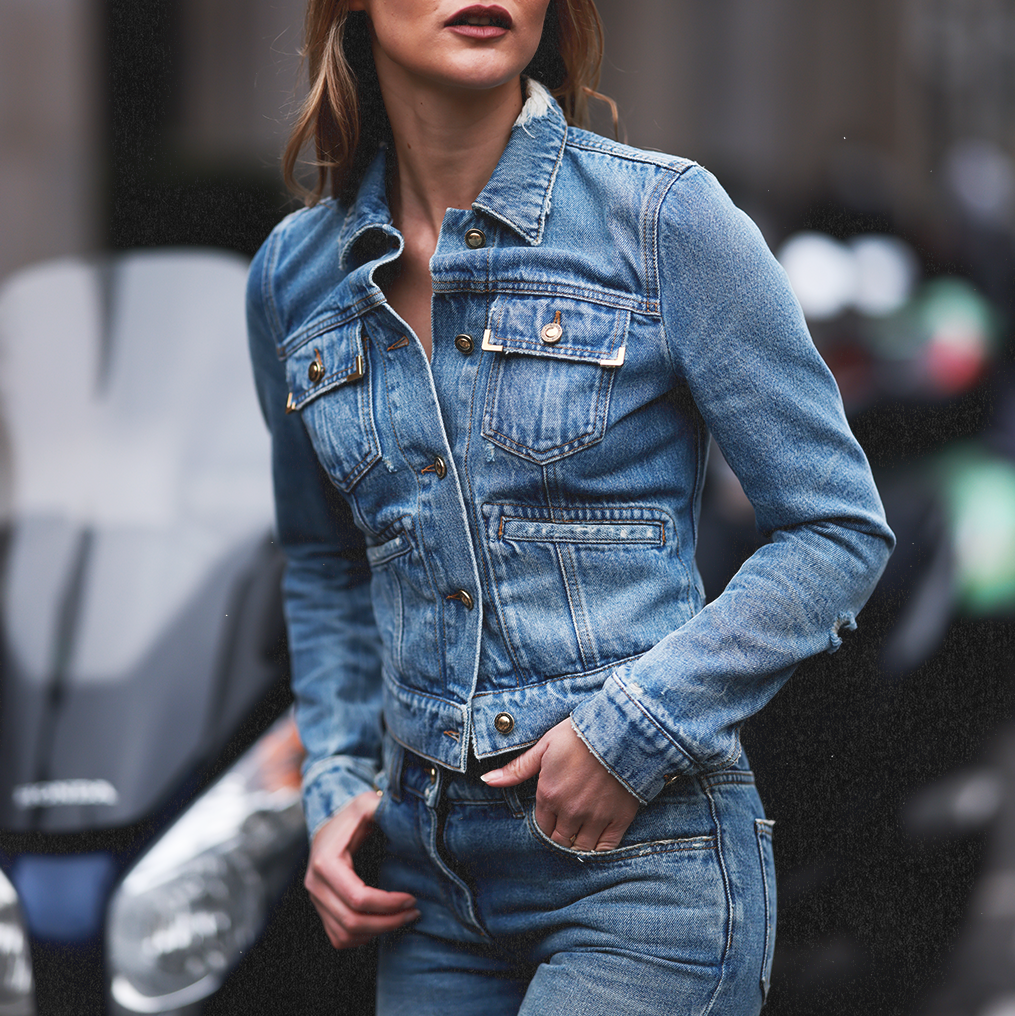
- Description/Appearance: A waist-length jacket made of denim, often with metal buttons and two breast pockets.
- Cultural Significance: Popularized in the 1960s and 70s, denim jackets symbolize casual, rugged American style, often associated with rebellion.
- Occasions Worn: Worn casually, especially in cooler weather, and frequently used in outdoor settings or as a layering piece.
- Materials Used: Denim, typically made of cotton.
7. Bolo Tie

- Description/Appearance: A type of necktie consisting of a braided leather cord with decorative metal tips held together by a clasp.
- Cultural Significance: Associated with Western and Southwestern U.S. fashion, the bolo tie is the official neckwear of Arizona, New Mexico, and Texas.
- Occasions Worn: Worn at Western-themed events or as part of everyday attire in Southwestern states.
- Materials Used: Leather, silver, turquoise, or other gemstones for the clasp.
8. Native American Moccasins
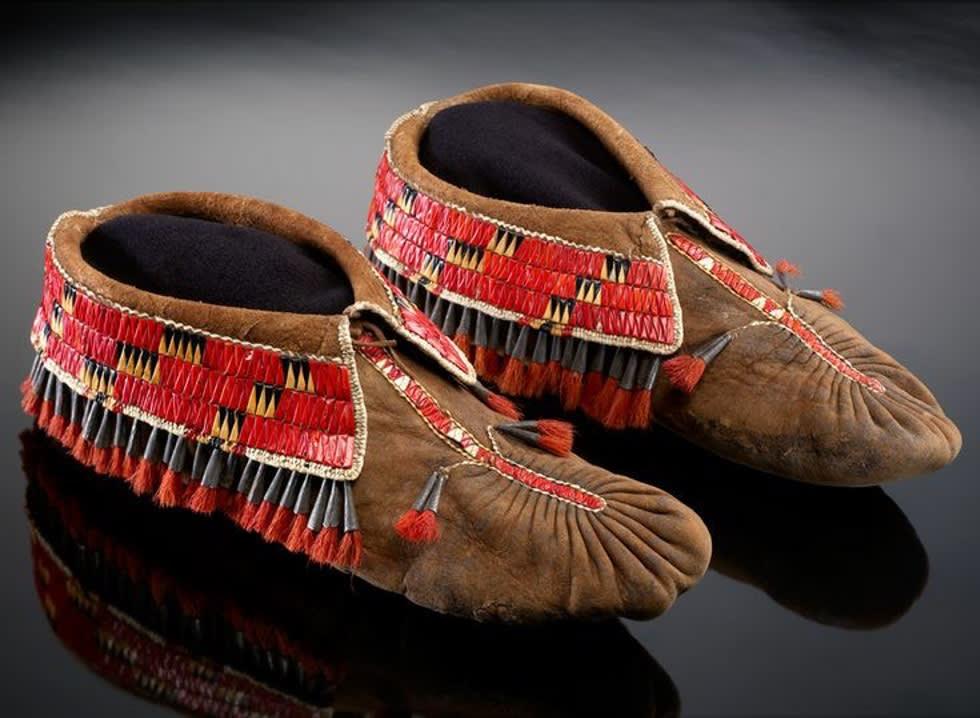
- Description/Appearance: Soft, leather shoes with flexible soles, often decorated with beads or fringe.
- Cultural Significance: Traditionally worn by Native American tribes, moccasins symbolize indigenous culture and craftsmanship.
- Occasions Worn: Used in both casual and ceremonial settings and popular in modern boho fashion.
- Materials Used: Leather, often deerskin, with beadwork or embroidery.
9. Poodle Skirt
- Description/Appearance: A full, flared skirt typically worn mid-calf length, featuring appliqué designs like a poodle on a leash.
- Cultural Significance: Iconic in the 1950s, particularly among teenage girls, the poodle skirt is associated with rock and roll culture and sock hop dances.
- Occasions Worn: Mostly seen in retro-themed events or costume parties celebrating 1950s fashion.
- Materials Used: Felt, with appliqué decorations.
10. Baseball Cap

- Description/Appearance: A soft cap with a rounded crown and a stiff bill in front, often featuring sports team logos.
- Cultural Significance: Popularized by Major League Baseball players, the baseball cap became an all-American symbol of casual, sporty fashion.
- Occasions Worn: Worn casually for sports, outdoor activities, or as part of everyday fashion.
- Materials Used: Cotton, polyester, or wool with adjustable plastic or fabric straps.
11. Overalls
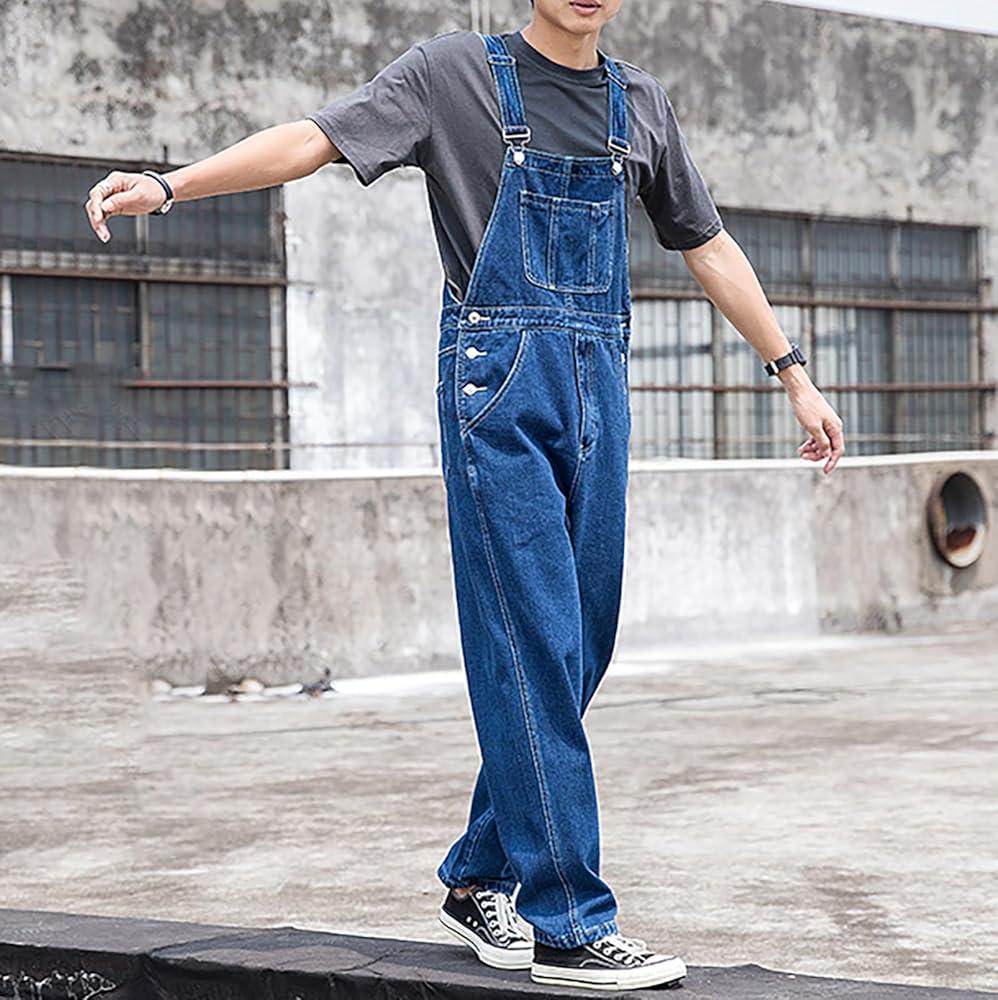
- Description/Appearance: A one-piece garment with shoulder straps, worn over a shirt, often associated with manual labor or farming.
- Cultural Significance: Traditionally worn by farmers and workers, overalls symbolized rural and working-class America.
- Occasions Worn: Worn for manual labor or casually in rural areas, now popular in fashion for both men and women.
- Materials Used: Denim or heavy cotton.
12. Bandana
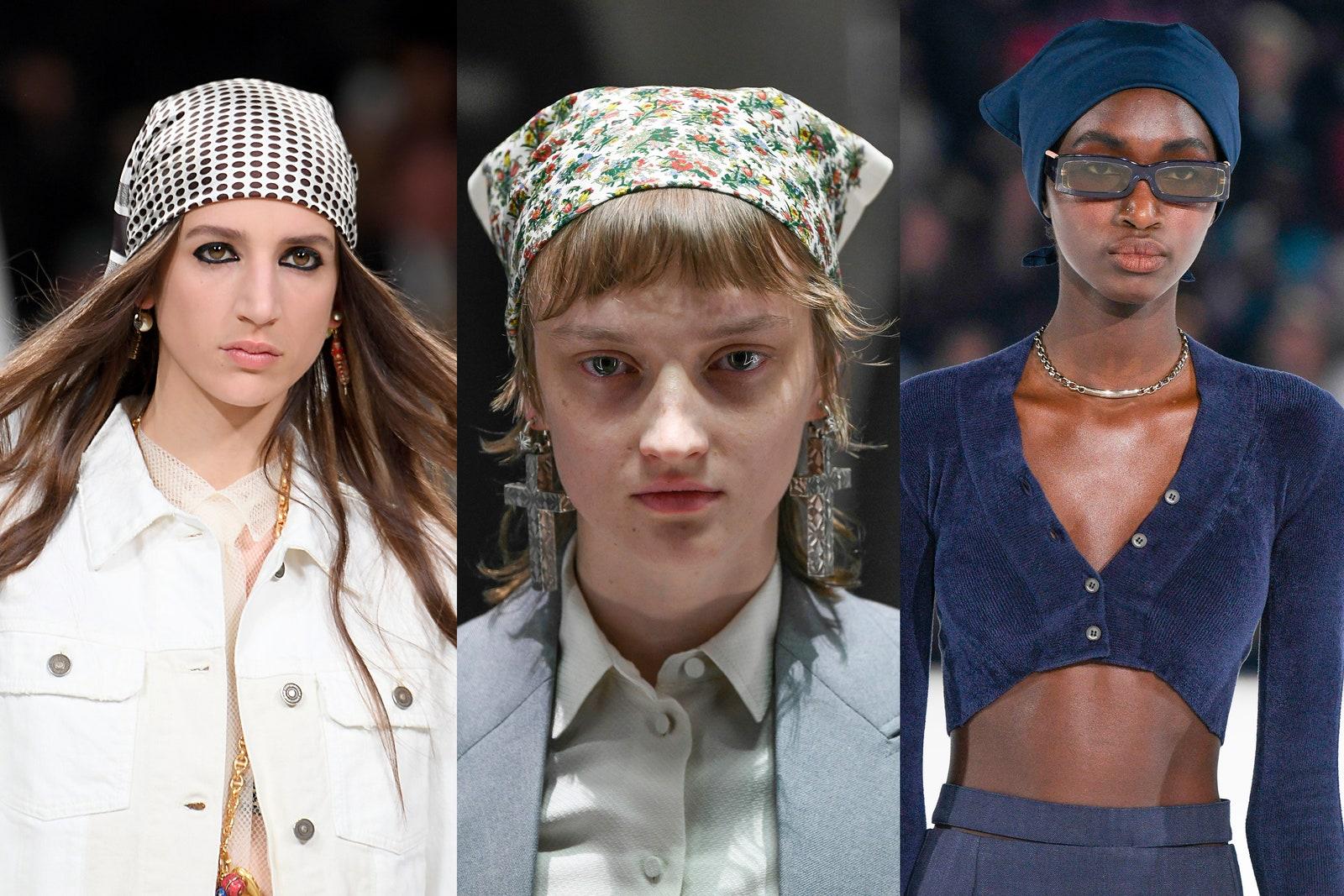
- Description/Appearance: A square piece of fabric typically worn around the neck, head, or face, often featuring paisley designs.
- Cultural Significance: Associated with cowboys, outlaws, and workers, the bandana is a versatile accessory in American fashion.
- Occasions Worn: Worn for sun protection, as a fashion statement, or as part of Western attire.
- Materials Used: Cotton or silk, often with printed patterns.
13. Leather Jacket
- Description/Appearance: A fitted jacket made of leather, often with metal zippers and a tough, durable appearance.
- Cultural Significance: Popularized by motorcycle culture and Hollywood icons, leather jackets symbolize rebellion and rugged individualism.
- Occasions Worn: Worn casually or for motorcycle riding, often in cooler weather.
- Materials Used: Leather, typically cowhide or sheepskin.
14. Frye Boots
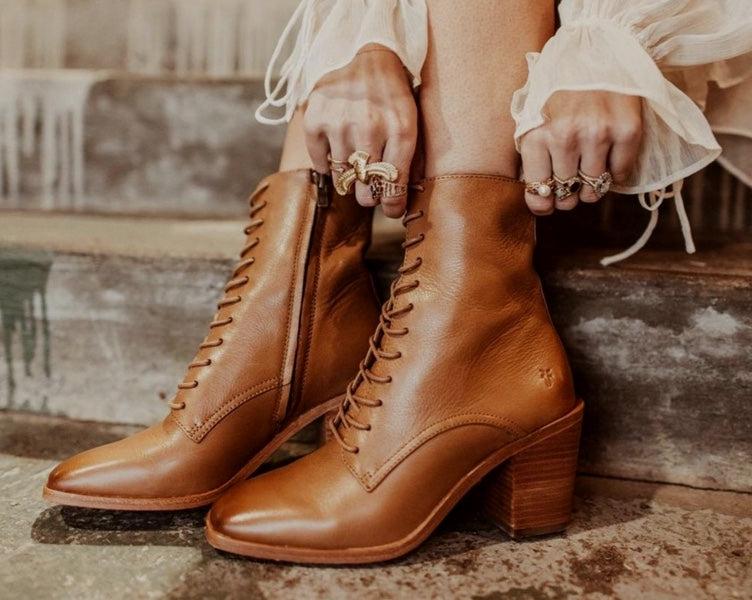
- Description/Appearance: High-quality leather boots, often featuring a rugged but fashionable design.
- Cultural Significance: Frye Boots symbolize classic American craftsmanship, known for durability and timeless style.
- Occasions Worn: Worn casually or for outdoor activities like horseback riding or hiking.
- Materials Used: Leather, often with metal hardware.
15. Hawaiian Shirt

- Description/Appearance: A brightly colored, short-sleeved button-up shirt featuring tropical prints such as flowers, palm trees, and ocean scenes.
- Cultural Significance: Originating in Hawaii, this shirt represents island life’s relaxed, laid-back vibe and became popular in mainland America for vacation and casual wear.
- Occasions Worn: Worn casually, especially in tropical climates or for beach vacations.
- Materials Used: Cotton or rayon, often with printed tropical designs.
Conclusion
From the hardworking roots of denim jeans to the bold patterns of Hawaiian shirts, each piece has its unique story.
These garments have not only shaped American identity but have also influenced global fashion trends.
By exploring these 15 traditional American clothing items, we hope you’ve gained a greater appreciation for the styles that continue to play a significant role in everyday life and special occasions.
Whether you’re wearing cowboy boots or a leather jacket, these iconic pieces remind us of the cultural diversity and craftsmanship that define American fashion.



